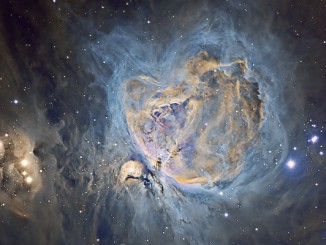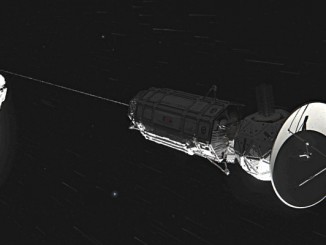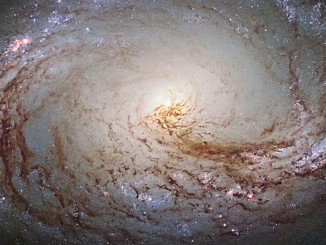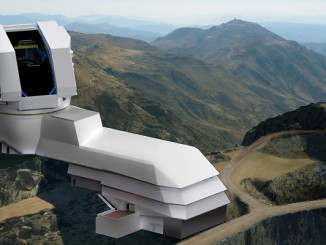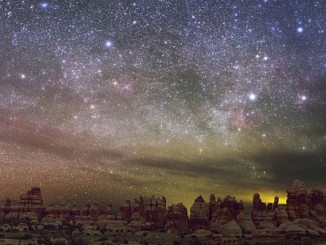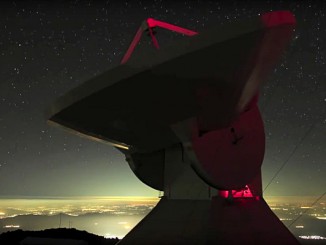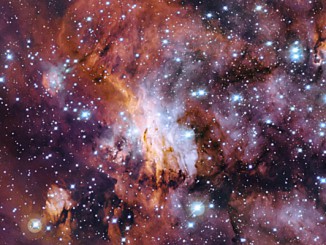
Cosmic recycling in the Prawn Nebula
Dominating this image is the so-called Prawn Nebula, part of the gigantic nebula Gum 56, some 6,000 light-years away in Scorpius. For millions of years stars have been born out of the nebula’s gas, material which is later returned to the stellar nursery when the aging stars either expel their material gently into space, or eject it more dramatically in supernova explosions.

